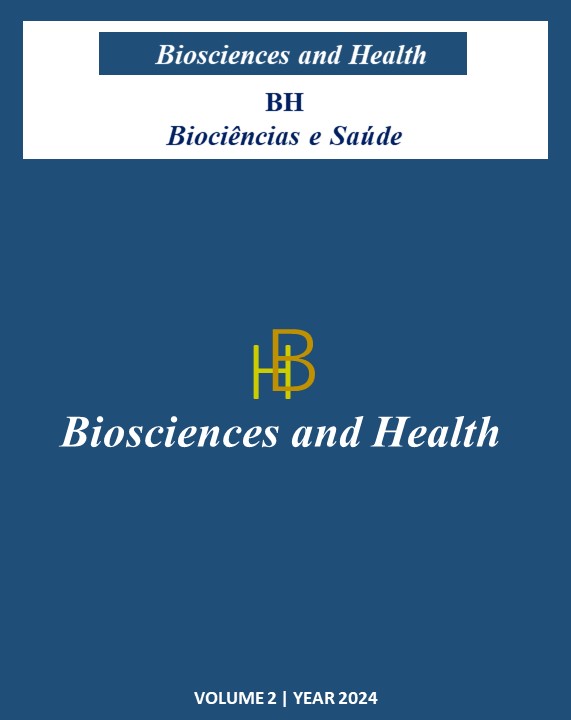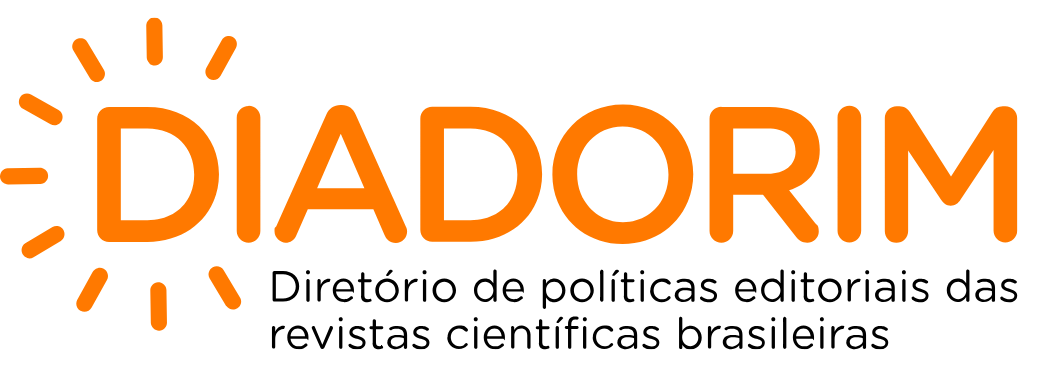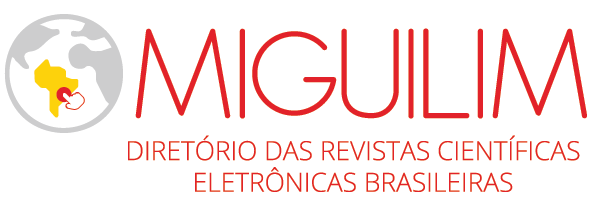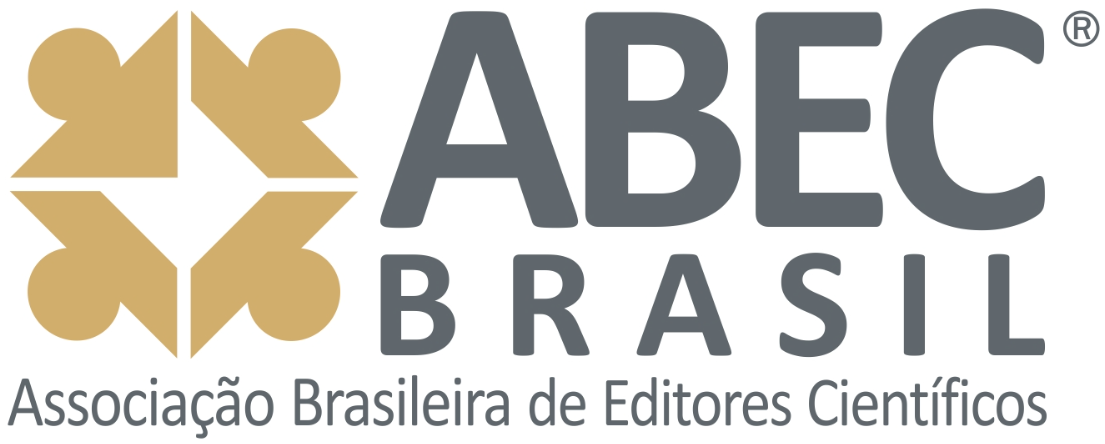The revolution of artificial intelligence in anatomical interpretation: transformations in education and medical practice
DOI:
https://doi.org/10.62331/2965-758X.v2.2024.56Keywords:
Artificial intelligence, Medical education, Anatomy, Medical studentsAbstract
The application of artificial intelligence (AI) has revolutionized medical education and clinical practice, introducing significant innovations in anatomical interpretation. This article aimed to analyze the impact of AI on transforming anatomy education and medical practices, focusing on educational and clinical contributions. An integrative review was conducted using databases such as PubMed and SciELO to identify relevant studies published over the past fourteen years. After screening 108 articles, 7 were selected for detailed analysis. The results indicate that AI has enhanced anatomy education through immersive and interactive simulations, overcoming traditional resource limitations. In clinical practice, AI has proven effective in accurate diagnoses, personalized treatments, and real-time monitoring of physiological parameters. It is concluded that AI redefines paradigms in medical education and healthcare delivery, but its implementation requires strategies to ensure equity, data security, and adequate training to maximize its impact.
References
Hamet P, Tremblay J. Artificial intelligence in medicine. Metabolism. 2017; 69S:S36-S40. https://doi.org/10.1016/j.metabol.2017.01.011
Amisha, Pandey R, Pathania M, Ahuja A. Overview of artificial intelligence in medicine. J Fam Med Prim Care. 2019; 8(7):2328-31. https://doi.org/10.4103/jfmpc.jfmpc_440_19
Yasnitsky LN. Artificial intelligence and medicine: history, current state, and forecasts for the future. Curr Hypertens Rev. 2020; 16(3):210-215. https://doi.org/10.2174/1573402116666200714150953
Kaul V, Enslin S, Gross SA. History of artificial intelligence in medicine. Gastrointest Endosc. 2020; 92(4):807-812. https://doi.org/10.1016/j.gie.2020.06.040
Mutasa S, Sun S, Ha R. Understanding artificial intelligence based radiology studies: what is overfitting? Clin Imaging. 2020; 65:96-99. 10.1016/j.clinimag.2020.04.025
Kufel J, Bargieł-Łączek K, Kocot S, Koźlik M, Bartnikowska W, Janik M, et al. What is machine learning, artificial neural networks and deep learning?-examples of practical applications in medicine. Diagnostics (Basel). 2023; 13(15):2582. https://doi.org/10.3390/diagnostics13152582
Usmani A, Imran M, Javaid Q. Usage of artificial intelligence and virtual reality in medical studies. Pak J Med Sci. 2022; 38(4Part-II):777-779. https://doi.org/10.12669/pjms.38.4.5910
Lin, H., Chen, Q. Artificial intelligence (AI) -integrated educational applications and college students’ creativity and academic emotions: students and teachers’ perceptions and attitudes. BMC Psychol. 2024; 12:487. https://doi.org/10.1186/s40359-024-01979-0
Pazin-Filho A, Carlotti APC, Scarpelini S. Implantação e desenvolvimento do laboratório de simulação (LabSim) da Faculdade de Medicina de Ribeirão Preto da Universidade de São Paulo (FMRP-USP). Medicina (Ribeirão Preto). 2017; 50(4):272-283. https://doi.org/10.11606/issn.2176-7262.v50i4p272-283
Oliveira V, Augusto V, Karla L. “Connect”: um relato de experiência sobre um evento de tecnologia e inteligência artificial na medicina. BMS. 2022; 7(10). https://doi.org/10.53843/bms.v7i10.318
Santos LM, Mariano D, Melo-Minardi RC. O impacto da inteligência artificial nas ciências da vida através da bioinformática. Rev UFMG. 2023; 30:e47996. https://doi.org/10.35699/2965-6931.2023.47996
Araújo Júnior JS, Cardoso LM, Silva AF, Morais MG, Araújo ASPR, Oliveira TBS, et al. The teaching of human anatomy in the context of medical education: a historical retrospective. Research, Society and Development. 2020; 9(7):e958975173. https://doi.org/10.33448/rsd-v9i7.5173
Crossnohere NL, Elsaid M, Paskett J, Bose-Brill S, Bridges JFP. Guidelines for artificial intelligence in medicine: literature review and content analysis of frameworks. J Med Internet Res. 2022; 24(8):e36823. https://doi.org/10.2196/36823
Machado L dos S, Moraes RM de, Nunes F de L dos S, Costa RMEM da. Serious games baseados em realidade virtual para educação médica. Rev bras educ med. 2011; 35(2):254-262. https://doi.org/10.1590/S0100-55022011000200015
Lobo LC. Inteligência artificial, o futuro da medicina e a educação médica. Rev Bras Educ Med. 2018; 42(3):3-8. https://doi.org/10.1590/1981-52712015v42n3RB20180115EDITORIAL1
Kenski VM, Medeiros RA, Ordéas J. Ensino superior em tempos mediados pelas tecnologias digitais. Trab Educ. 2019; 28(1):141-152. https://doi.org/10.35699/2238-037X.2019.9872
Taquary LR, Moura RS de. A importância da inteligência artificial no diagnóstico baseado em exames de imagem. IV CIPEEX - Congresso Internacional de Pesquisa Ensino e Extensão. 2022; 3:1-5. Disponível em: https://anais.unievangelica.edu.br/index.php/CIPEEX/article/view/8984
Moraes JJ, Vieira PHC, Barbosa MCM, Costa ACM, Romeiro ET, Terebinto DV, et al. Impacto da tecnologia de inteligência artificial na medicina diagnóstica. REASE. 2023; 9(7):1303-1314. https://doi.org/10.51891/rease.v9i7.10699
Holzinger A, Langs G, Denk H, Zatloukal K, Müller H. Causability and explainability of artificial intelligence in medicine. Wiley Interdiscip Rev Data Min Knowl Discov. 2019; 9(4):e1312. https://doi.org/10.1002/widm.1312
Abdellatif H, Al Mushaiqri M, Albalushi H, Al-Zaabi AA, Roychoudhury S, Das S. Teaching, learning and assessing anatomy with artificial intelligence: the road to a better future. Int J Environ Res Public Health. 2022; 19(21):14209. https://doi.org/10.3390/ijerph192114209
den Boer RB, de Jongh C, Huijbers WTE, Jaspers TJM, Pluim JPW, van Hillegersberg R, et al. Computer-aided anatomy recognition in intrathoracic and -abdominal surgery: a systematic review. Surg Endosc. 2022; 36(12):8737-8752. https://doi.org/10.1007/s00464-022-09421-5
Varghese J. Artificial Intelligence in Medicine: Chances and challenges for wide clinical adoption. Visc Med. 2020; 36(6):443-449. https://doi.org/10.1159/000511930
Castellano MS, Contreras-McKay I, Neyem A, Farfán E, Inzunza O, Ottone NE, et al. Empowering human anatomy education through gamification and artificial intelligence: An innovative approach to knowledge appropriation. Clin Anat. 2024; 37(1):12-24. https://doi.org/10.1002/ca.24074
Pop-Jordanova N. Opportunity to use artificial intelligence in medicine. Pril (Makedon Akad Nauk Umet Odd Med Nauki). 2024; 45(2):5-13. https://doi.org/10.2478/prilozi-2024-0009
Dourado DA, Aith FMA. The regulation of artificial intelligence for health in Brazil begins with the general personal data protection law. Rev Saude Publica. 2022; 56:80. https://doi.org/10.11606/s1518-8787.2022056004461
Cornwall J, Hildebrandt S, Champney TH, Goodman K. Ethical concerns surrounding artificial intelligence in anatomy education: Should AI human body simulations replace donors in the dissection room? Anat Sci Educ. 2024; 17(5):937-943. https://doi.org/10.1002/ase.2335
Savulescu J, Giubilini A, Vandersluis R, Mishra A. Ethics of artificial intelligence in medicine. Singapore Med J. 2024; 65(3):150-158. https://doi.org/10.4103/singaporemedj.SMJ-2023-279
Downloads
Published
How to Cite
Issue
Section
License
Copyright (c) 2024 Biosciences and Health

This work is licensed under a Creative Commons Attribution 4.0 International License.









